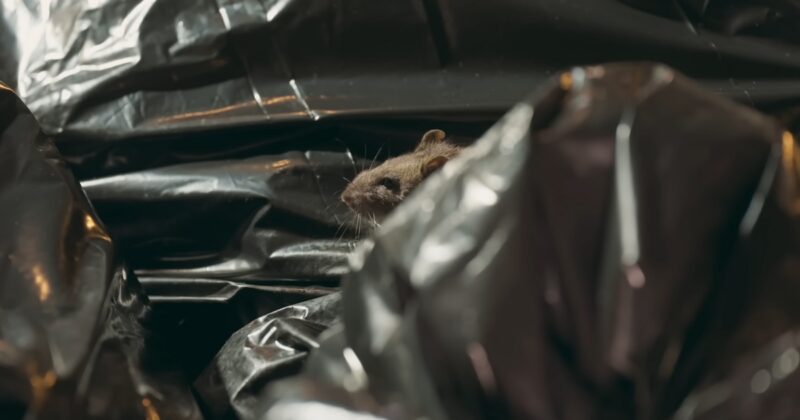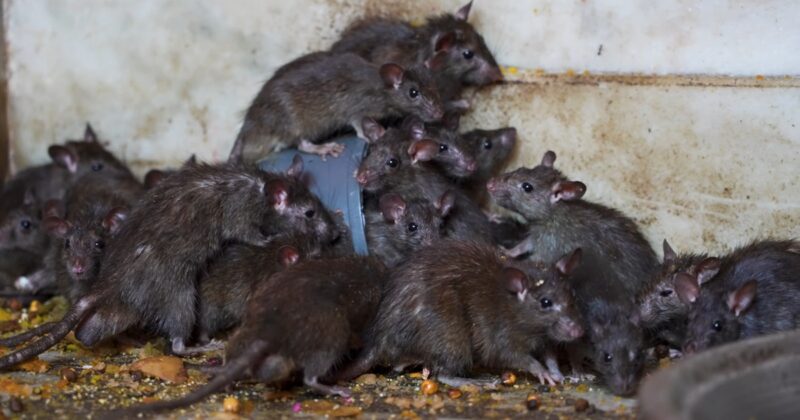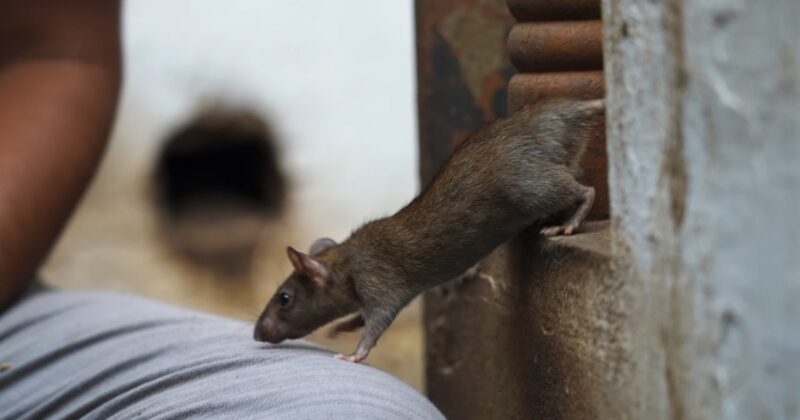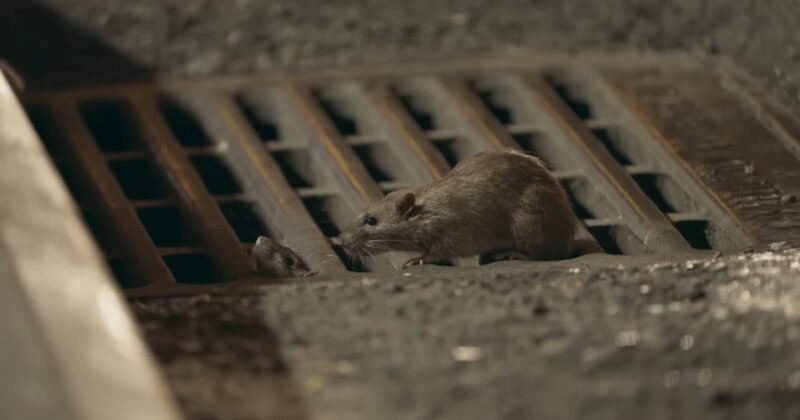Just like mice, rats are known to have thin, long tails. The hairless tail makes them look creepier and scarier. But in case you don’t know, it is one of the most important parts of their body.
These creatures have unique physical adaptations that make them fascinating subjects of study. They use their tails for 3 main purposes: balance, thermoregulation, and communication.
“A rat without a tail is like a kite without a string – it can still fly, but it’s a lot harder to control!” – John Doe, Rat Enthusiast
Unique Physical Adaptations

They use their tails for balance, similar to a tightrope walker’s pole, which helps them maintain stability while moving. The tail enables them to navigate narrow spaces, climb trees, and jump from one surface to another with precision.
They can also use long tails to prop themselves up for extra reach when foraging for food. This enhanced agility and speed make them adept at evading predators and finding food in their environment.
Without their tails, rats would struggle to perform these complex movements and might be more vulnerable to threats.
Did you know that rats already have a tail even before they are born or still inside their mother’s womb?
Survival strategy
One way they can avoid becoming dinner for a feline, bird or snake is by distracting the predator with their tails. An injury to a rat’s tail is much less serious than an injury to its body, so encouraging the predator to grab the tail can offer a means of escape.
Even if part of the tail is amputated by the predator, they can still get away with its life but not for so long.
“Rats are nature’s acrobats, and their tails are the unsung heroes of their high-wire acts.” – Jane Smith, Wildlife Biologist
Thermoregulation
Rats’ tails aid in heat regulation, expanding or contracting blood vessels to control their body temperature. In warm environments, the tail helps dissipate excess heat, keeping the rat cool and preventing overheating.
In colder conditions, the tail conserves warmth by constricting blood vessels, which reduces heat loss and helps maintain a stable body temperature. This ability to regulate temperature is crucial for rats’ survival, especially in diverse and changing environments.
Did you know that temperature control is especially important for rats because they lack the ability to sweat?
Communication and Social Interaction

They use tail movements to convey messages to other rats, playing an essential role in their social lives. Tail postures can signal dominance, submission, or alarm, helping them establish social hierarchies and maintain group cohesion. Scent marking through the tail is also a form of communication, allowing rats to leave messages for others and mark their territory.
Rat Tail Overview
| Category | Description | Details |
|---|---|---|
| Purpose of Rat’s Tail | Thermoregulation, balance, and communication | Helps in heat dissipation, provides stability, and signals mood |
| Dimensions of Tails | Varies by species | Range from 2.5 to 9 inches in length |
| Biggest and Smallest Rat | Sumatran bamboo rat and Pygmy Jerboa rat | Up to 20 inches and as small as 2.4 inches in body length |
Does Every Rat Have a Tail?
Most of them have tails, but there is a rare genetic mutation that results in a few individuals being tailless. This mutation is linked to other abnormalities and often results in a rat that only lives for a few days.
A tailless rat that reaches adulthood still deals with health problems because it cannot effectively regulate its body temperature. A tailless rat in the wild is also more vulnerable to predators and accidents.
Can You Get Sick from Rats in Your House?

They can carry many diseases including hantavirus, leptospirosis, lymphocytic choriomeningitis (LCMV), Tularemia, and Salmonella. Wild rodents also may cause considerable property damage by chewing through wiring in homes, car engines, and other places.
Anyone who comes into contact with infected rodent droppings, urine, saliva, nesting materials, or particles from these, can get hantavirus disease.
Rat droppings are typically easy to identify: black or dark brown pellets that are slightly larger than grains of rice. Exposure to poorly ventilated areas with active rodent infestations in households is the strongest risk factor for infection.
Did you know that in China, various meat markets sell raw and clean rat meat, which can be used for various dishes?
Summary
Rats with tails are enjoying their lives more than tailless ones. Their tails help them a lot in surviving during extreme weather conditions. No wonder, they can breed throughout the year. This is good news for pet rat owners but not for homeowners who are encountering a rat infestation, especially during summer.
Related Posts:
- Why Do Frogs Scream? Are these or Help or Something More?
- Do Bears Have Tails? - Find Out the Truth Here
- What Are the Differences Between Mammals and Birds?…
- Four Main Feeding Mechanisms Of Animals - Dining in the Wild
- Why Do Moose Have Antlers? - From Decoration to Weaponry
- How Many Stomachs Does a Cow Have? - Explained!








